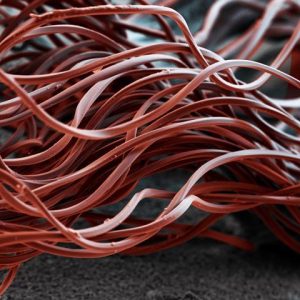Lung tissue samples from 11 people who underwent surgery at a hospital in Hull, Britain, have for the first time detected microplastics in the lungs of living humans. In 2021, Brazilian pathologists found polymer particles and fibers in the lung tissue of 13 of the 20 adults examined in São Paulo. Microplastics are made by breaking down plastic parts in furniture, packaging, clothing, disposables, electronics, and more. These are usually particles less than 5 mm. The most commonly found polymers in the Brazilian study were polyethylene (PE) and polypropylene (PP). In 2021, Laura Sadovsky’s team discovered an average of 1,400 particles (mostly PET) per day in the air of 20 households. The team concluded that people are exposed to significantly higher concentrations in their homes than outdoors.
One of the sources of household plastic particles is textiles. Stephanie Wright, a microplastic researcher at Imperial College London, notes that exposure to such contaminants is associated with premature death. Barbro Melgert, an immunologist at Groningen University in the Netherlands, says there is a link between the inhalation of synthetic fibers in textile workers and lung disease.

Source: © Science Photo Library
This coloured scanning electron micrograph shows polyester fibres, which are some of the most common ones found in people’s homes.
Earlier last year, a team in Italy discovered the first evidence of microplastics in the human placenta using the Raman spectrum. Studies show that as the size of microplastics decreases, so does their relative abundance in the environment. ‘The smaller the particle, the more the epithelial barrier can be bypassed,’ says Wright. Once the particles have penetrated deep into the lungs, they become difficult to remove. They are not consumed like microorganisms. Melgert suggests the solution is to make the house dust-free, well-ventilated, and allow fresh air to enter.
Subodha Charuni
University Of Peradeniya
Department Of Sociology


